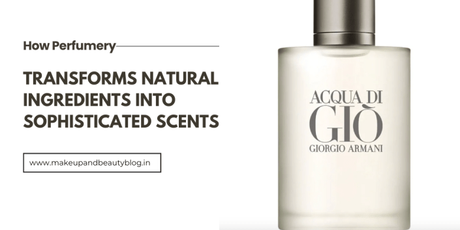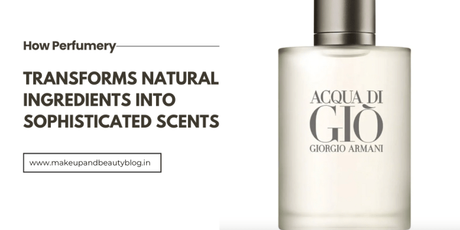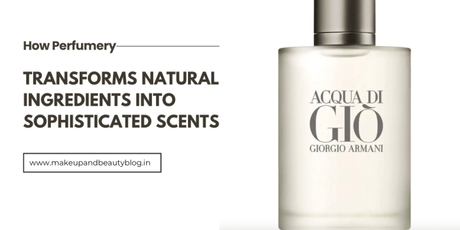
Perfume is a testament to the incredible artistry and craftsmanship that goes into crafting scents that delight the senses. It is an olfactory journey that starts with raw ingredients and culminates in a beautifully designed bottle that holds the essence of an experience. This article explores the art of perfumery, from the selection of raw ingredients to the intricate process of creation and the final presentation in a bottle.
The IngredientsThe core of every exceptional perfume lies in its raw ingredients, which perfumers draw inspiration from nature's extensive array of scents, including flowers, fruits, woods, resins, spices, and animal-derived materials. These natural sources offer the foundation for crafting complex and harmonious fragrances and come together to create something magical, such as Giorgio Armani Acqua Di Gio. Among the primary components are essential oils - pure, concentrated aromatic compounds extracted from plants that form the backbone of numerous perfumes such as the coveted rose essential oil derived from rose petals. Perfumers frequently utilize synthetic aroma chemicals to amplify and stabilize fragrances, mimicking natural scents and enabling greater creativity in scent compositions. Ingredients like benzoin resin and myrrh contribute depth and warmth to perfumes, often serving as fixatives to prolong the scent on the skin. Although now less prevalent due to ethical and environmental concerns, animal-derived ingredients like civet and musk have been replaced with synthetic substitutes. Finally, alcohol and solvents act as carriers for the fragrance, aiding in dispersing the scent upon application to the skin.


The art of perfume creation is a delicate fusion of artistic flair and scientific knowledge, with skilled perfumers, also known as "noses," expertly blending their aesthetic sensibilities with a profound comprehension of chemistry to develop captivating fragrances. These accomplished professionals meticulously mix essential oils, aroma chemicals, and other elements in precise proportions to achieve a harmonious scent profile, often described by a fragrance pyramid consisting of top, middle, and base notes that unfold in an enthralling sequence. The process of crafting a perfume involves numerous iterations and testing of prototypes until the desired fragrance is perfected - a journey that may span months or even years. Moreover, fixatives are incorporated to prolong the scent's presence on the skin by slowing the evaporation rate of the fragrance oils while stringent quality control measures are upheld to maintain consistency across each batch.
The Final PresentationUpon perfecting a perfume, the final stage in the art of perfumery is the presentation, comprising elements such as bottle design, packaging, labeling, and limited editions. A stunning bottle can augment the entire experience of the fragrance and may even cement itself as a brand's emblem. Perfume houses pour immense creativity and skill into designing bottles that embody the aroma's quintessence. The container's design can range from traditional, sophisticated forms to groundbreaking, artistic visions that align with the scent's personality. Additionally, the packaging holds both practical significance in safeguarding the bottle and an aesthetic function in expressing the brand's persona. The label showcases crucial information like the perfume's name, brand, and concentration with designs varying from minimalistic elegance to intricate ornamentation. Occasionally, limited edition versions are introduced with unique bottle designs, increasing their collectible value and exclusivity.
In conclusion, the art of perfumery is a fascinating blend of nature, science, and artistry. From the selection of raw ingredients to the careful blending and presentation in a bottle, every step is a testament to human creativity and craftsmanship. Perfume is not just a fragrance; it's a work of art that can evoke emotions, trigger memories, and transport us to different places and times. The next time you spritz on your favorite scent, take a moment to appreciate the artistry that went into creating it, from raw ingredients to bottled elegance.
